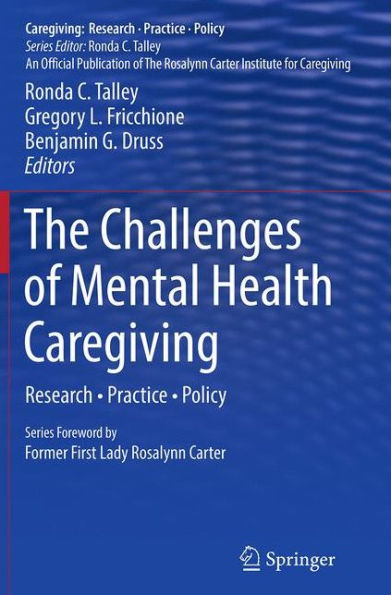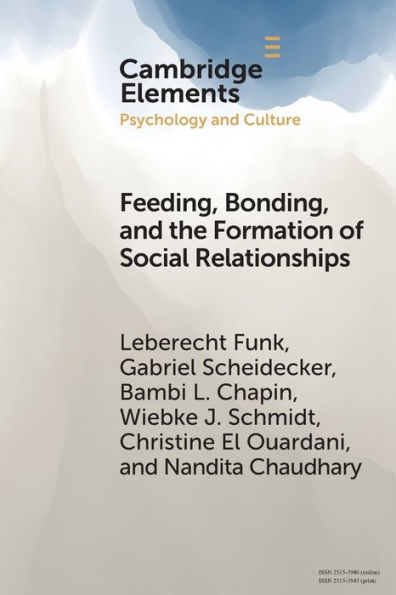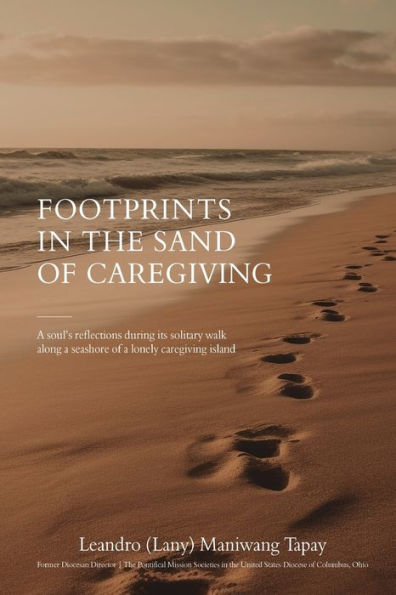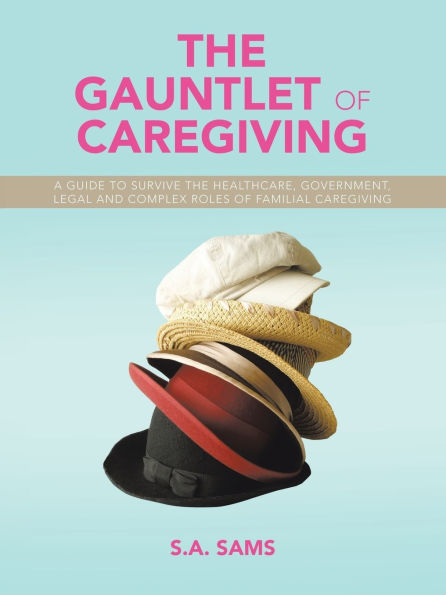Home
The Challenge of Attachment for Caregiving
Barnes and Noble
Loading Inventory...
The Challenge of Attachment for Caregiving
Current price: $170.00

Barnes and Noble
The Challenge of Attachment for Caregiving
Current price: $170.00
Loading Inventory...
Size: Hardcover
*Product information may vary - to confirm product availability, pricing, shipping and return information please contact Barnes and Noble
The Challenge of Attachment for Caregiving
describes a theoretical model for the development of caregiving that complements and also extends attachment theory. The model highlights the conditions under which adult caregivers can remain in a state of arrested development, impairing their own ability to give care and resulting in attachme
describes a theoretical model for the development of caregiving that complements and also extends attachment theory. The model highlights the conditions under which adult caregivers can remain in a state of arrested development, impairing their own ability to give care and resulting in attachme
The Challenge of Attachment for Caregiving
describes a theoretical model for the development of caregiving that complements and also extends attachment theory. The model highlights the conditions under which adult caregivers can remain in a state of arrested development, impairing their own ability to give care and resulting in attachme
describes a theoretical model for the development of caregiving that complements and also extends attachment theory. The model highlights the conditions under which adult caregivers can remain in a state of arrested development, impairing their own ability to give care and resulting in attachme

















